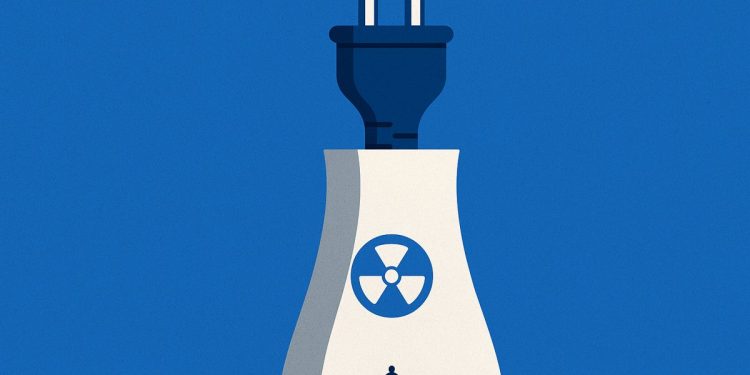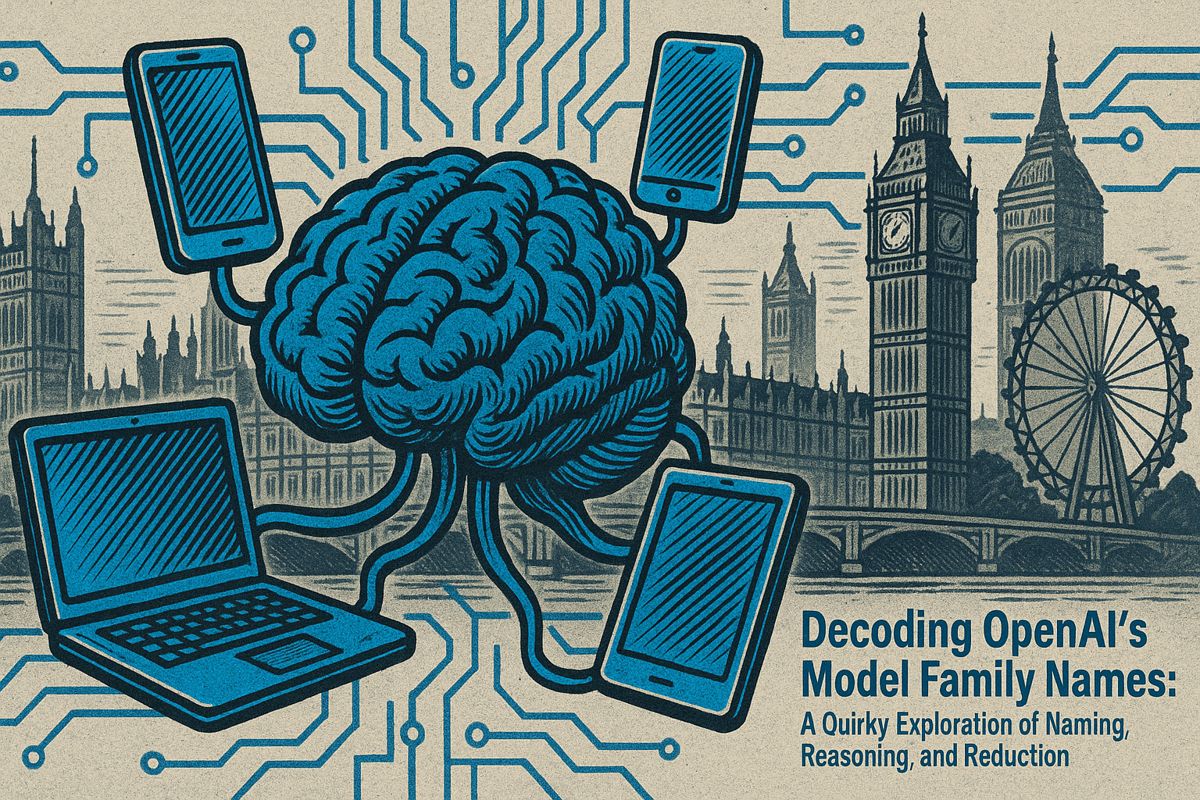To meet the immense energy demands of artificial intelligence, Google and NextEra Energy will revive the Duane Arnold nuclear plant by 2029, securing 615 megawatts of carbon-free power for Google’s growing data centers. This strategic partnership puts Iowa back on the nuclear map.
This move addresses the explosive growth in energy consumption from AI, with U.S. data center usage projected to double from 4% of the national total by 2030. Restarting an existing nuclear reactor offers a faster path to generating baseload power than new construction, allowing Google to scale its AI capacity without increasing its fossil fuel dependency.
Project Timeline: Duane Arnold’s Path to 2029 Restart
This project provides Google with a dedicated, 24/7 source of carbon-free electricity, essential for powering energy-intensive AI workloads. Unlike intermittent renewables, nuclear energy offers the constant, reliable baseload power required to meet Google’s ambitious goal of operating on entirely carbon-free energy by 2030.
- Jan 2025: NextEra files a license change request with the Nuclear Regulatory Commission (NRC).
- Oct 2025: A 25-year power purchase agreement with Google is announced, locking in revenue for the restart.
- 2025-2028: Crews refuel the single 615 MW boiling-water reactor, modernize safety systems, and upgrade cooling towers.
- Q1 2029: Commercial operation is targeted, pending final NRC approval.
Economic Impact and Environmental Oversight in Iowa
The project is expected to deliver significant local benefits, including enhanced grid stability and new tax revenue. According to an American Nuclear Society article, the restart will create over 800 construction jobs and 400 permanent positions. NextEra projects an annual economic output of approximately $340 million. Concurrently, the project faces regulatory scrutiny, with environmental advocates seeking transparency on water use and spent fuel storage. NextEra plans to submit a full environmental assessment to the NRC, with a decision expected within a year, as reported by World Nuclear News.
The Tech Industry’s Broader Pivot to Nuclear Power
Google’s initiative is part of a larger trend among major technology companies turning to nuclear power to meet their energy needs:
- Amazon secured a 1.9 GW deal with the Susquehanna nuclear plant.
- Microsoft is funding the restart of Three Mile Island Unit 1 to gain 800 MW of power by 2028.
- Meta and Oracle are actively seeking gigawatts of capacity from small modular reactors (SMRs).
This industry-wide shift is driven by nuclear power’s ability to provide the constant, 24/7 output required for machine learning. With AI’s electricity demand projected to reach 945 TWh by 2030, analysts see SMRs and existing reactors as a key solution, despite higher initial costs.
Next Steps and Final Approval
Work at the Duane Arnold site will proceed with turbine refurbishment through 2026, followed by hot functional testing in 2027. Fuel loading is scheduled for late 2028, contingent on regulatory approval that the plant’s upgraded systems meet modern seismic and cybersecurity standards. Once synchronized with the grid, the plant will provide Google’s Midwest data centers with a dedicated clean power source, freeing up other renewable resources for the regional grid.



















